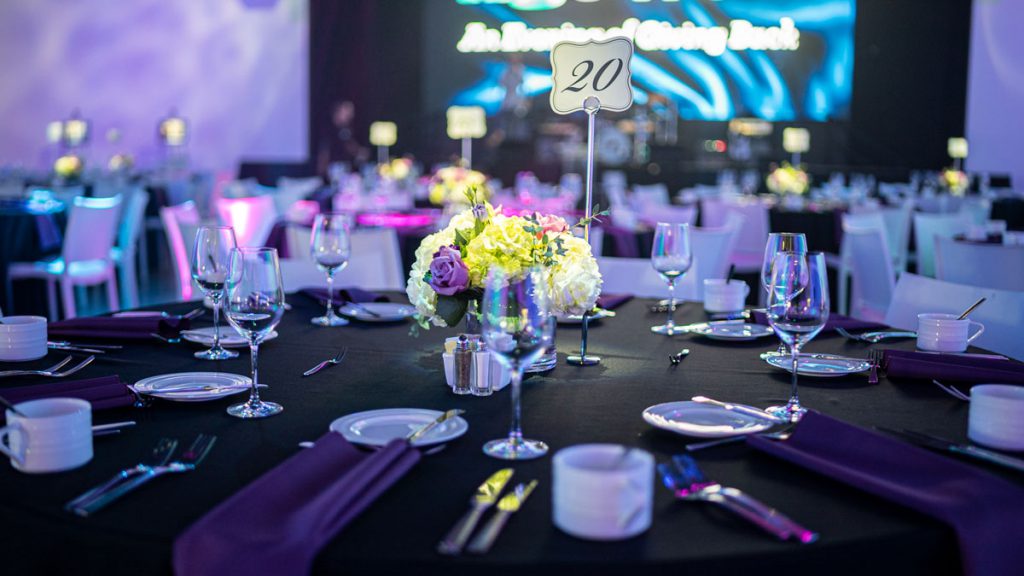Highlighting the Influence of Illumination Techniques on the Craft of Video Projection Mapping Techniques
Highlighting the Influence of Illumination Techniques on the Craft of Video Projection Mapping Techniques
Blog Article
Motion projection mapping is an innovative art form that merges tech and creativity to transform ordinary spaces into extraordinary visual displays. This technique involves projecting images and videos onto 3D objects, such as structures, artworks, or stages. One of the key significant elements in creating successful mapping is the use of efficient illumination methods. Proper lighting enhances the visual components of the display and guarantees that the images are crisp and engaging. This article examines the influence of lighting methods on video mapping and how they can elevate the overall encounter.
Lighting plays a crucial part in video mapping because it sets the atmosphere and tone of the exhibit. Different lighting methods can elicit various emotions and reactions from the viewers. For instance, using gentle, warm illumination can create a inviting atmosphere, while bright, cool illumination may produce a more dynamic or intense effect. By thoughtfully choosing illumination hues and intensities, creators can manipulate how viewers interpret the projected images, leading to a more engaging experience. The balance between mapping brightness and surrounding illumination is essential, as it can significantly impact the clarity and effect of the images.
In addition, color and intensity, the direction of illumination also influences the effectiveness of projection. Lighting from different directions can generate contrast and highlights that add depth to the mapped visuals. This technique, known as chiaroscuro, can enhance the 3D quality of the subjects being projected. Furthermore, using moving lights can add energy to the exhibit, making the encounter more involving for the viewers. When the light interacts with the projected images, it can produce an effect of motion and change, capturing the viewers' focus.
Another important see here now aspect of lighting in projection is the use of special effects. Techniques such as patterned illumination, which employs shapes and forms to project light, can introduce depth and complexity to the projections. This method allows artists to layer images and create visually stunning effects that complement the mapping. Additionally, incorporating lasers or LED lights can further improve the exhibit, providing a distinct mix of sight components that attract the viewers in. These unique features, when used carefully, can transform the mapping into a basic show to an engaging piece of creativity.
In conclusion, the impact of lighting techniques on video projection is profound. By understanding how different lighting elements connect with mapped visuals, creators can produce enthralling encounters that connect with audience. The thoughtful choosing of color, intensity, direction, and special effects allows for a rich tapestry of sight narrative. As tech advances to evolve, the options for artistic showcasing in projection will only grow, making lighting an ever-important component in this top article innovative creative medium.